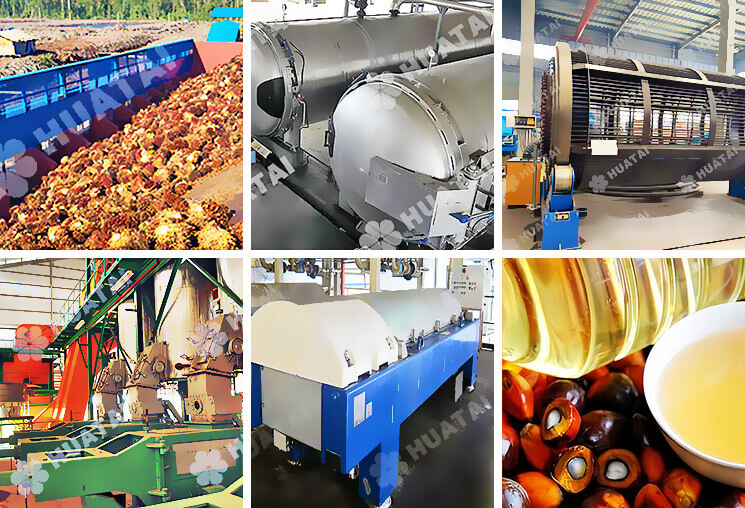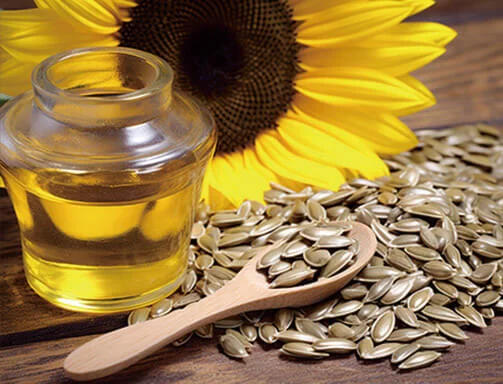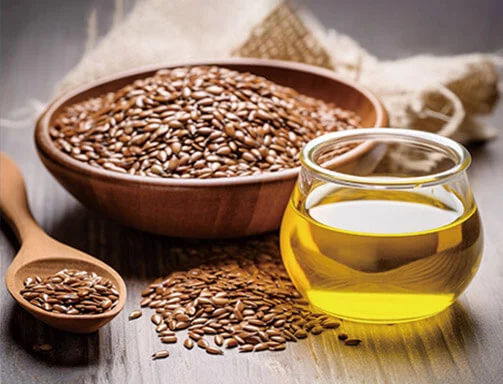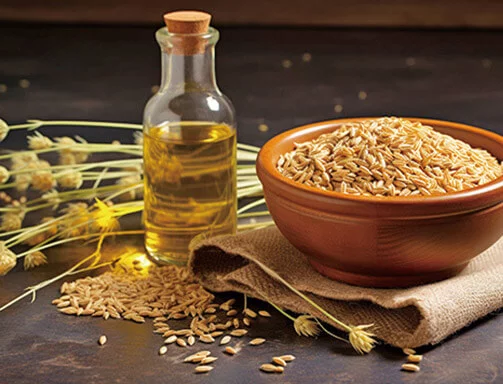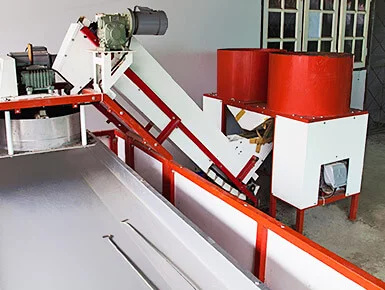![Palm Oil Vs Palm Kernel Oil | Comparison Guide]()
Introduction
Palm oil and palm kernel oil, derived from the oil palm tree (Elaeis guineensis), are among the most consumed vegetable oils globally, found in half of packaged products.
Research from the Malaysian Palm Oil Board highlights their economic and nutritional significance, with production centered in Indonesia and Malaysia, accounting for over 85% of global supply.
Palm oil, from the mesocarp, and palm kernel oil, from the kernel, differ significantly in composition, uses, and impacts. In this guide, I'll take you through a detailed comparison of these oils.
Sources and Extraction Methods of Palm Oil and Palm Kernel Oil
Both palm oil and palm kernel oil come from the oil palm tree (Elaeis guineensis), but they’re extracted from different parts of the fruit.
Palm Oil: From Fruit to Oil
Palm oil is primarily extracted from the reddish pulp of the oil palm fruit. The process begins with harvesting the fruit bunches, which are then sterilized to stop enzymatic reactions that might degrade the oil.
After sterilization, the fruits are pressed to extract the crude palm oil. This oil is a mixture of fat, water, and impurities, which will later be refined through processes like clarification, degumming, and deodorization. (Related Post: palm oil refining process >>)
Palm Kernel Oil: From Kernel to Oil
On the other hand, palm kernel oil is obtained from the kernel or seed found inside the oil palm fruit. The extraction process is somewhat different.
After the fruit is harvested and pressed for palm oil, the remaining kernel is separated and processed. The kernels are dried, cracked open, and then mechanically pressed or solvent-extracted to obtain the oil.
Despite coming from the same fruit, the yield, texture, and color of palm kernel oil are distinct from palm oil.
Chemical Composition of Palm Oil & Palm Kernel Oil
Palm oil and palm kernel oil may seem similar, but their chemical compositions are quite distinct.
Palm Oil
Palm oil chemical composition balance: 50% saturated (44% palmitic, 5% stearic), 50% unsaturated (39% oleic, 10% linoleic). It is rich in vitamin E and carotenoids and has antioxidant properties.
Palm Kernel Oil
Contains a much higher percentage of saturated fats, about 80-90% (48% lauric, 16% myristic, 8% palmitic). Akin to coconut oil, with less unsaturated fats. This makes palm kernel oil a more solid fat at room temperature compared to palm oil.
Physical Properties of Palm Oil and Palm Kernel Oil
Palm Oil: Reddish-orange unrefined, light yellow refined, semi-solid at room temperature (34-36°C).
Palm Kernel Oil: Palm Kernel Oil: Pale yellow, solid at room temperature (30-34°C), slightly nutty flavor, texture like butter, suitable for solid applications. Such as making soap.
Uses of Palm Oil and Palm Kernel Oil
Palm oil and palm kernel oil are used in a wide range of industries, but they have different applications.
Palm Oil
Palm oil is widely used in cooking, frying, and baking. It's also found in processed foods, like chips, cookies, and dairy products, as well as in cosmetics (such as soaps, lotions, and shampoos). Palm oil is also used as a biofuel in some regions.
Palm Kernel Oil
Palm kernel oil is a popular choice in confectionery (cocoa butter substitute), margarine production, and even non-food products like candles, soaps, detergents, cosmetics, and oleochemicals. It’s a key ingredient in many industrial products.
Nutritional Value and Health Effects of Palm Kernel Oil and Palm Oil
Palm Oil: Rich in vitamins A and E, antioxidants (beta-carotene, tocotrienols), supports heart health, boosts immunity, but 50% saturated fat requires moderation.
Palm Kernel Oil: High in saturated fats (>80%), less advisable, NHS recommends ≤30g/day for men (19-64), ≤20g/day for women, linked to high cholesterol risks.
Production and Economic Value of Palm Oil and Palm Kernel Oil
Each ton of oil palm fruit can produce about 20% palm oil and only 2-5% palm kernel oil.
Palm Oil
Research shows 76 million metric tons in 2023, projected to 240 million by 2050, market value >$60 billion, major in Indonesia, Malaysia.
Palm Kernel Oil
At the same time, 8 million metric tons, market value $62.5 billion, expected to top $85 billion in 5 years, significant economic contributor.
Palm oil accounts for nearly 35% of the world’s edible oil production, even though oil palms only cover around 10% of the world's total oilseed area.
Environmental Impact of Palm Kernel Oil and Palm Oil
The production of both oils has been critically examined due to the environmental damage it causes, particularly deforestation.
While both oils contribute to habitat loss and carbon emissions, sustainable farming practices are increasingly being promoted through certification programs like RSPO (Roundtable on Sustainable Palm Oil).
In the past, palm oil production led to large-scale deforestation, but more companies are now focusing on responsible sourcing and environmentally friendly practices.
Utilization of By-products of Palm Oil and Palm Kernel Oil
Palm Oil
- Empty fruit bunches for mulch, bioenergy.
- Palm oil mill effluent (POME) for biogas, fertilizer.
- Palm fatty acid distillate (PFAD) for oleochemicals.
Palm Kernel Oil
Palm kernel cake and palm kernel expeller are widely used as animal feed or fertilizers.
By utilizing these by-products, the palm oil industry can reduce waste and contribute to a more circular economy.
Conclusion
Palm oil and palm kernel oil are valuable and versatile, but they have different properties, uses, and health implications. Palm oil is the go-to for cooking and processed foods, while palm kernel oil is a favorite in cosmetics and soaps.
If you want to know more about the difference between palm oil and palm kernel oil, especially about palm kernel oil or palm oil production equipment, please feel free to contact us. We have a professional team of engineers who can answer your questions and provide effective suggestions.
References:
![]() Service Coverage
Service Coverage
![]() FAQ
FAQ




